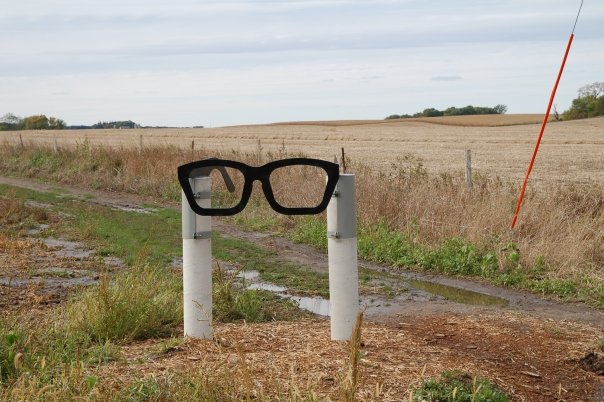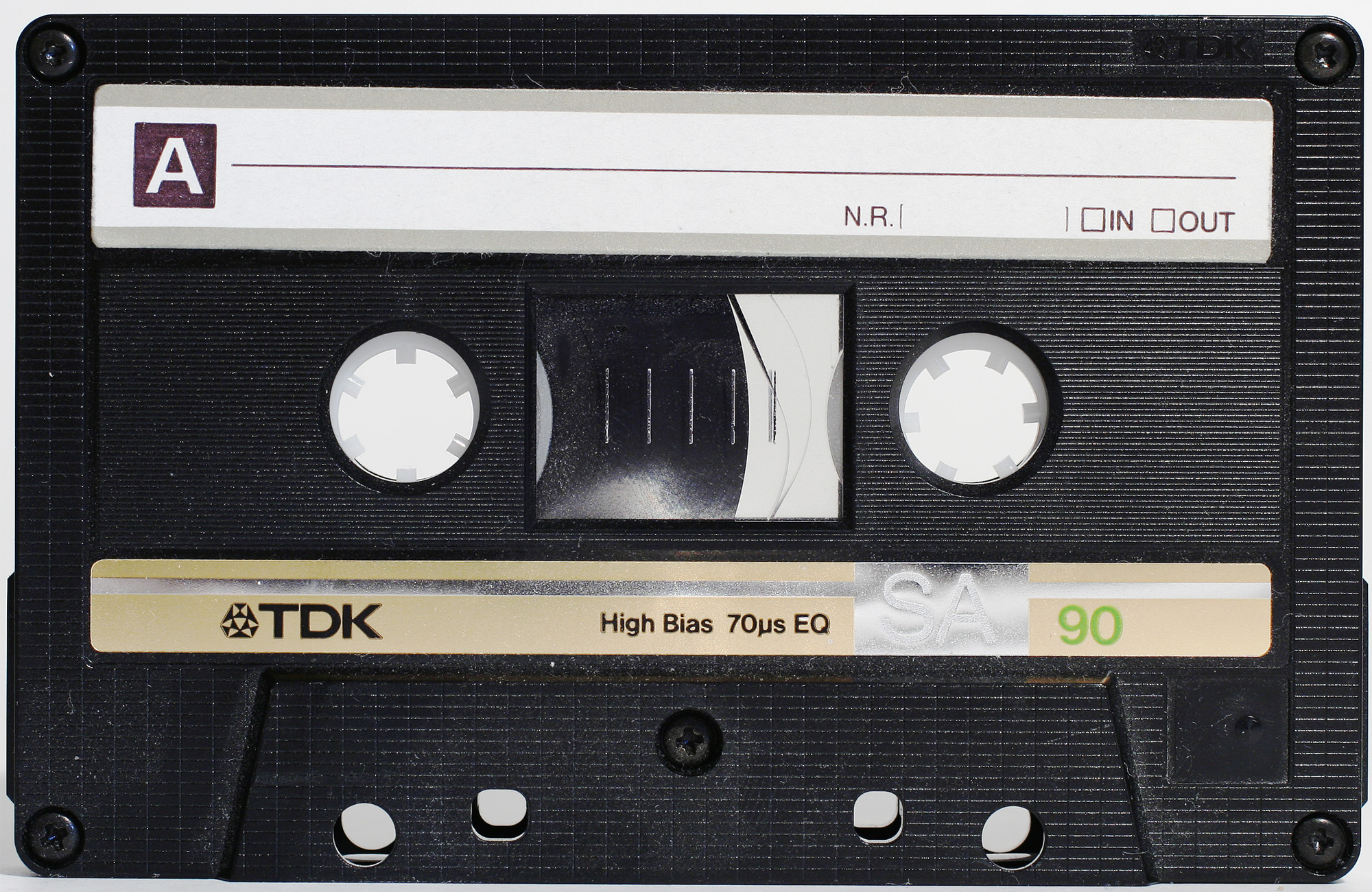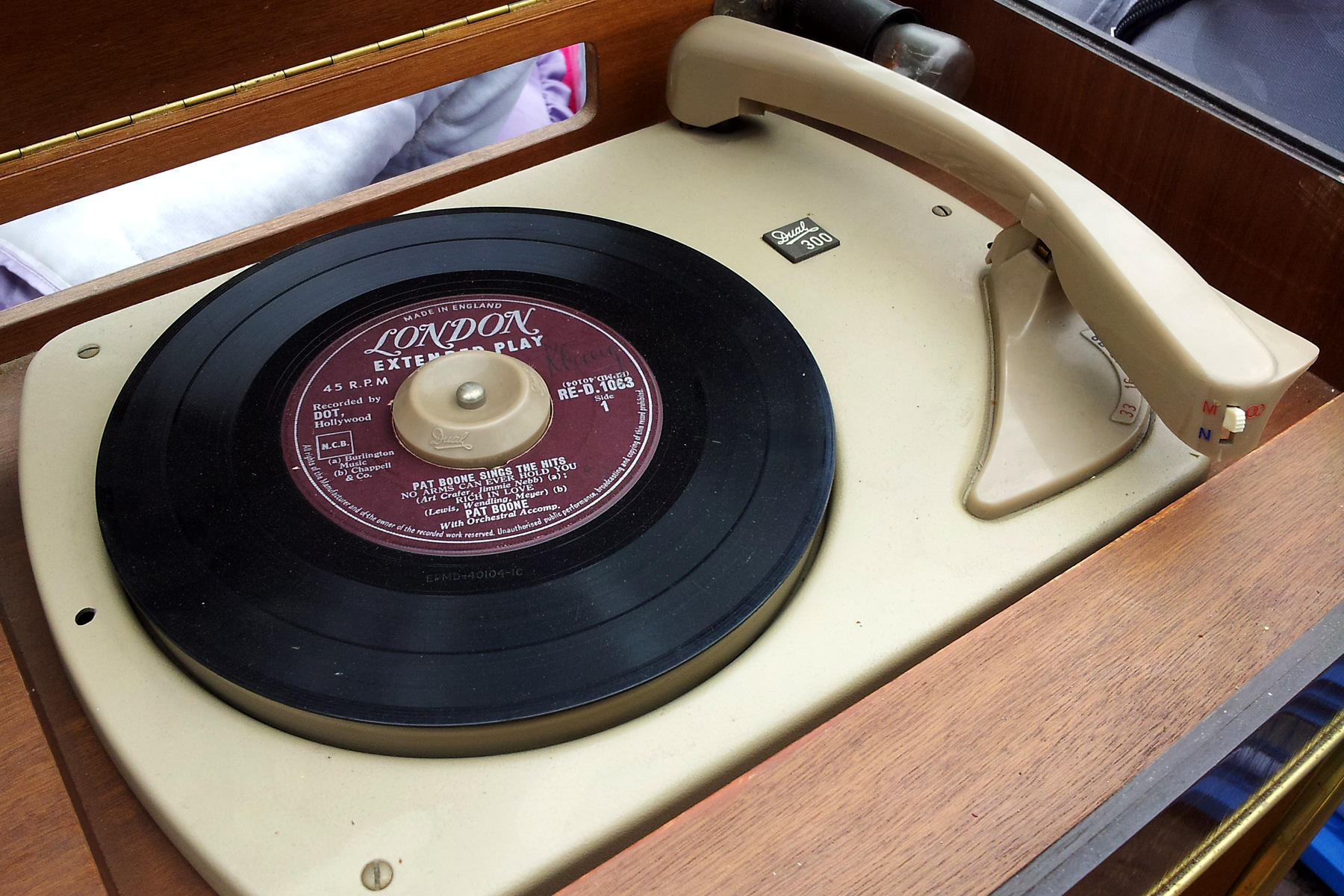|
Jailhouse Rock (EP)
''Jailhouse Rock'' is an Extended play, EP by American singer Elvis Presley, featuring songs from the Jailhouse Rock (film), movie of the same name. It was released by RCA Victor, with catalogue EPA 4114, on October 30, 1957. Recording sessions took place at Radio Recorders in Hollywood, Los Angeles, Hollywood on April 30 and May 3, 1957, with an additional session at the Metro-Goldwyn-Mayer Soundstage in Hollywood on May 9 for "Don't Leave Me Now (1957 song), Don't Leave Me Now". It peaked at #1 on the newly inaugurated ''Billboard (magazine), Billboard'' EP chart where it remained at #1 for 28 weeks. The EP album was the best selling EP album of 1958 according to Billboard. Content Unlike ''Loving You (1957 film), Loving You'' (1957) but like ''Love Me Tender (1956 film), Love Me Tender'' (1956), a full LP album, long-playing album soundtrack was not devised for ''Jailhouse Rock''. The title song "Jailhouse Rock (song), Jailhouse Rock" had already been released as a single (musi ... [...More Info...] [...Related Items...] OR: [Wikipedia] [Google] [Baidu] |
Soundtrack Album
A soundtrack album is any album that incorporates music directly recorded from the soundtrack of a particular feature film or television show. The first such album to be commercially released was Walt Disney's ''Snow White and the Seven Dwarfs (soundtrack), Snow White and the Seven Dwarfs'', the soundtrack to the film Snow White and the Seven Dwarfs (1937 film), ''Snow White and the Seven Dwarfs'', in 1938. The first soundtrack album of a film's orchestral score was that for Alexander Korda's 1942 film ''Rudyard Kipling's Jungle Book'', composed by Miklós Rózsa. Overview When a feature film is released, or during and after a television series airs, an music album, album in the form of a soundtrack is frequently released alongside it. A soundtrack typically contains instrumentation or alternatively a film score. But it can also feature songs that were sung or performed by characters in a scene (or a cover version of a song in the media, re-recorded by a popular artist), songs ... [...More Info...] [...Related Items...] OR: [Wikipedia] [Google] [Baidu] |
Don't Leave Me Now (1957 Song)
Don't Leave Me Now may refer to: * "Don't Leave Me Now" (Pink Floyd song), 1979 * "Don't Leave Me Now", a song by Elvis Presley from '' Loving You'', 1957 * "Don't Leave Me Now", a song by Supertramp from '' ...Famous Last Words...'', 1982 * "Don't Leave Me Now", a song by Lost Frequencies featuring Mathieu Koss from ''Cup of Beats'', 2020 {{Disambiguation ... [...More Info...] [...Related Items...] OR: [Wikipedia] [Google] [Baidu] |
Buddy Holly
Charles Hardin Holley (September 7, 1936 – February 3, 1959), known as Buddy Holly, was an American singer, songwriter, and musician who was a central and pioneering figure of rock and roll. He was born to a musical family in Lubbock, Texas, during the Great Depression, and learned to play guitar and sing alongside his two siblings. Holly made his first appearance on local television in 1952, and the following year he formed the group Buddy and Bob with his friend Bob Montgomery (songwriter), Bob Montgomery. In 1955, after opening once for Elvis Presley, Holly decided to pursue a career in music. He played with Presley three times that year, and his band's style shifted from country and western to rock and roll. In October that year, when Holly opened for Bill Haley & His Comets, he was spotted by Nashville, Tennessee, Nashville scout Eddie Crandall, who helped him get a contract with Decca Records. Holly's recording sessions at Decca were produced by Owen Bradley, who ha ... [...More Info...] [...Related Items...] OR: [Wikipedia] [Google] [Baidu] |
Standard (music)
In music, a standard is a musical composition of established popularity, considered part of the "standard repertoire" of one or several genres. Even though the standard repertoire of a given genre consists of a dynamic and partly subjective set of songs, these can be identified by having been performed or recorded by a variety of musical acts, often with different arrangements. In addition, standards are extensively quoted by other works and commonly serve as the basis for musical improvisation. Standards may " cross over" from one genre's repertoire to another's; for example, many jazz standards have entered the pop repertoire, and many blues standards have entered the rock repertoire. Standards exist in the classical, popular and folk music traditions of all cultures. In the context of Western classical music, the standard repertoire constitutes most of what is considered the "teaching canon", i.e. the compositions that students learn in their academic training. The standa ... [...More Info...] [...Related Items...] OR: [Wikipedia] [Google] [Baidu] |
(You're So Square) Baby I Don't Care
"(You're So Square) Baby I Don't Care" is a 1957 song recorded by Elvis Presley and performed in the MGM film '' Jailhouse Rock''. It was written by Jerry Leiber and Mike Stoller for the film. Presley plays electric bass on the song. Background Elvis Presley's version, one of the few songs in which he plays the electric bass, was recorded on May 3, with the vocal track added on May 9, 1957, and released on his '' Jailhouse Rock'' EP. It reached number 14 on the R&B charts. A notable version was performed by Buddy Holly, who included the song on his second album ''Buddy Holly'', and his version made the British singles chart in 1961, reaching number 12. A 1983 re-release of the Elvis Presley version reached number 61 on the UK singles chart. The song's narrator addresses the object of their affection, and points out all the ways that the addressee is square, how they are out of touch with modern trends in music and romance. Then the narrator tells the subject of the song th ... [...More Info...] [...Related Items...] OR: [Wikipedia] [Google] [Baidu] |
I Want To Be Free (Elvis Presley Song)
"I Want to Be Free" is a song first recorded by Elvis Presley as part of the soundtrack for his 1957 motion picture '' Jailhouse Rock''. Its first release on record was on the soundtrack EP '' Jailhouse Rock'' in 1957. In some countries in 1958 the song was released on a single as the reverse side to "(You're So Square) Baby I Don't Care". Writing The song was written by Jerry Leiber and Mike Stoller specially for Presley's 1957 film ''Jailhouse Rock''. They wrote several famous songs: " Jailhouse Rock", "(You're So Square) Baby I Don't Care", " Treat Me Nice" and "I Want to Be Free" in one afternoon. Jerry Leiber recalled: Recording Presley recorded "I Want to Be Free" on May 3, 1957, at the soundtrack recordings for the MGM movie ''Jailhouse Rock'' (that took place on April 30 and May 3, 1957, at the Radio Recorders Studio and on May 9 at the MGM Soundstage in Hollywood, California). Track listing 7" single (1958) # "(You're So Square) Baby I Don't Care" # "I Want ... [...More Info...] [...Related Items...] OR: [Wikipedia] [Google] [Baidu] |
Jerry Leiber And Mike Stoller
Leiber and Stoller were an American songwriting and record production duo, consisting of lyricist Jerome Leiber (; April 25, 1933 – August 22, 2011) and composer Michael Stoller (born March 13, 1933). As well as many R&B and pop hits, they wrote numerous standards for Broadway. Leiber and Stoller found success as the writers of such crossover hit songs as " Hound Dog" (1952) and " Kansas City" (1952). Later in the 1950s, particularly through their work with the Coasters, they created a string of ground-breaking hits—including " Young Blood" (1957), " Searchin'" (1957), "Yakety Yak" (1958), and " Charlie Brown" (1959) — that used the humorous vernacular of teenagers sung in a style that was openly theatrical rather than personal. Leiber and Stoller wrote hits for Elvis Presley, including " Love Me" (1956), " Jailhouse Rock" (1957), " Loving You", " Don't", and " King Creole". They also collaborated with other writers on such songs as " On Broadway", written with Barry M ... [...More Info...] [...Related Items...] OR: [Wikipedia] [Google] [Baidu] |
B-side
The A-side and B-side are the two sides of phonograph record, vinyl records and Compact cassette, cassettes, and the terms have often been printed on the labels of two-sided music recordings. The A-side of a Single (music), single usually features a recording that its artist, producer, or record company intends to be the initial focus of promotional efforts and radio airplay, with the aim of it becoming a hit record. The B-side (or "flip-side") is a secondary recording that typically receives less attention, although some B-sides have been as successful as, or more so than, their A-sides. Use of this language has largely declined in the 21st century as the music industry has transitioned away from analog recordings towards Digital audio, digital formats without physical sides, such as music download, downloads and Music streaming, streaming. Nevertheless, some artists and labels continue to employ the terms ''A-side'' and ''B-side'' metaphorically to describe the type of co ... [...More Info...] [...Related Items...] OR: [Wikipedia] [Google] [Baidu] |
Billboard Hot 100
The ''Billboard'' Hot 100, also known as simply the Hot 100, is the music industry standard record chart in the United States for songs, published weekly by '' Billboard'' magazine. Chart rankings are based on sales (physical and digital), online streaming, and radio airplay in the U.S. A new chart is compiled and released online to the public by ''Billboard''s website on Tuesdays but post-dated to the following Saturday, when the printed magazine first reaches newsstands. The weekly tracking period for sales is currently Friday–Thursday, after being changed in July 2015. It was initially Monday–Sunday when Nielsen started tracking sales in 1991. This tracking period also applies to compiling online streaming data. Radio airplay is readily available on a real-time basis, unlike sales figures and streaming, but is also tracked on the same Friday–Thursday cycle, effective with the chart dated July 17, 2021. Previously, radio was tracked Monday–Sunday and, before Ju ... [...More Info...] [...Related Items...] OR: [Wikipedia] [Google] [Baidu] |
Single (music)
In Music industry, music, a single is a type of Art release#Music, release of a song Sound recording, recording of fewer tracks than an album (LP record, LP), typically one or two tracks. A single can be released for record sales, sale to the public in a variety of physical or digital formats. Singles may be standalone tracks or connected to an artist's album, and in the latter case would often have at least one single release before the album itself, called lead singles. The single was defined in the mid-20th century with the ''45'' (named after its speed in revolutions per minute), a type of 7-inch sized vinyl records, vinyl record containing an A-side and B-side, A-side and a B-side, i.e. one song on each side. The single format was highly influential in pop music and the early days of rock and roll, and it was the format used for jukeboxes and preferred by younger populations in the 1950s and 1960s. Singles in Digital distribution, digital form became very popular in the ... [...More Info...] [...Related Items...] OR: [Wikipedia] [Google] [Baidu] |
Soundtrack
A soundtrack is a recorded audio signal accompanying and synchronised to the images of a book, drama, motion picture, radio program, television show, television program, or video game; colloquially, a commercially released soundtrack album of music as featured in the soundtrack of a film, video, or television presentation; or the physical area of a film that contains the Sound-on-film, synchronised recorded sound. In movie industry terminology usage, a sound film, sound track is an audio recording created or used in film production or post-production. Initially, the dialogue, sound effects, and music in a film each has its own separate track, and these are mixed together to make what is called the ''composite track,'' which is heard in the film. A ''dubbing track'' is often later created when films are dubbed into another language. This is also known as an M&E (music and effects) track. M&E tracks contain all sound elements minus dialogue, which is then supplied by the foreign ... [...More Info...] [...Related Items...] OR: [Wikipedia] [Google] [Baidu] |
LP Album
The LP (from long playing or long play) is an analog sound storage medium, specifically a phonograph record format characterized by: a speed of rpm; a 12- or 10-inch (30- or 25-cm) diameter; use of the "microgroove" groove specification; and a vinyl (a copolymer of vinyl chloride acetate) composition disk. Introduced by Columbia Records in 1948, it was soon adopted as a new standard by the entire US record industry and, apart from a few relatively minor refinements and the important later addition of stereophonic sound in 1957, it remained the standard format for record albums during a period in popular music known as the album era. LP was originally a trademark of Columbia and competed against the smaller 7-inch sized "45" or "single" format by RCA Victor, eventually ending up on top. Today in the vinyl revival era, a large majority of records are based on the LP format and hence the LP name continues to be in use today to refer to new records. Format advantages At ... [...More Info...] [...Related Items...] OR: [Wikipedia] [Google] [Baidu] |


